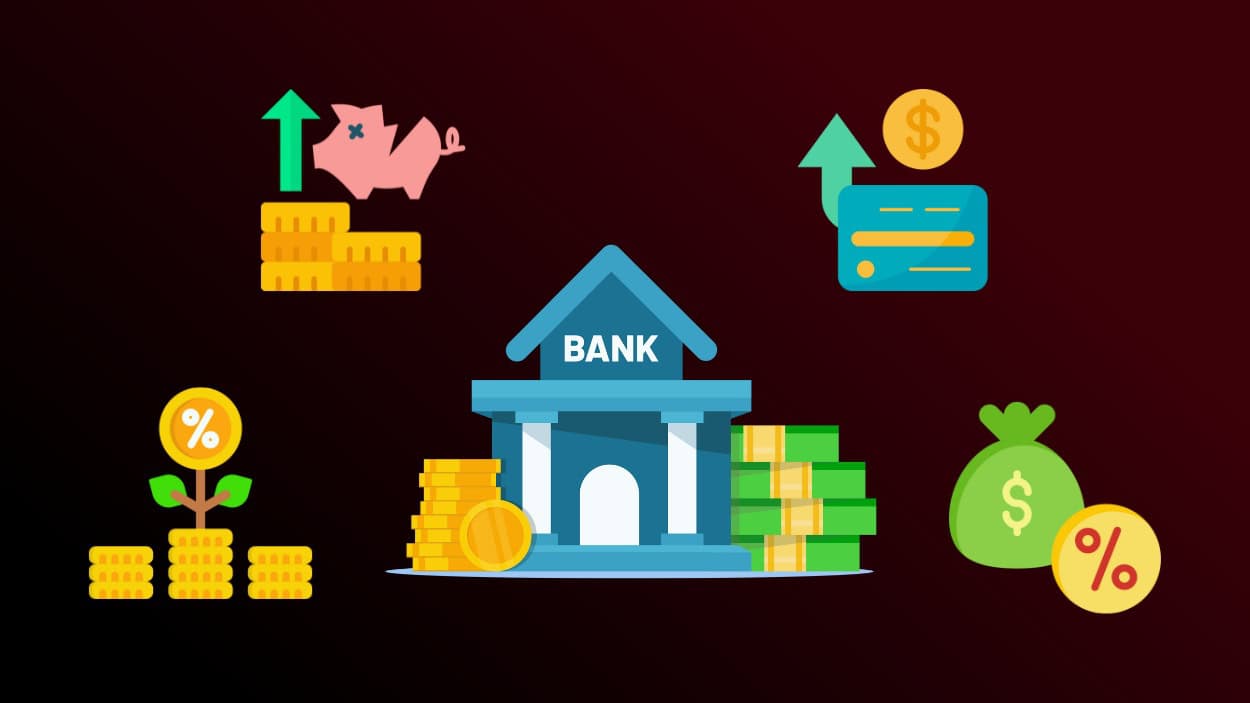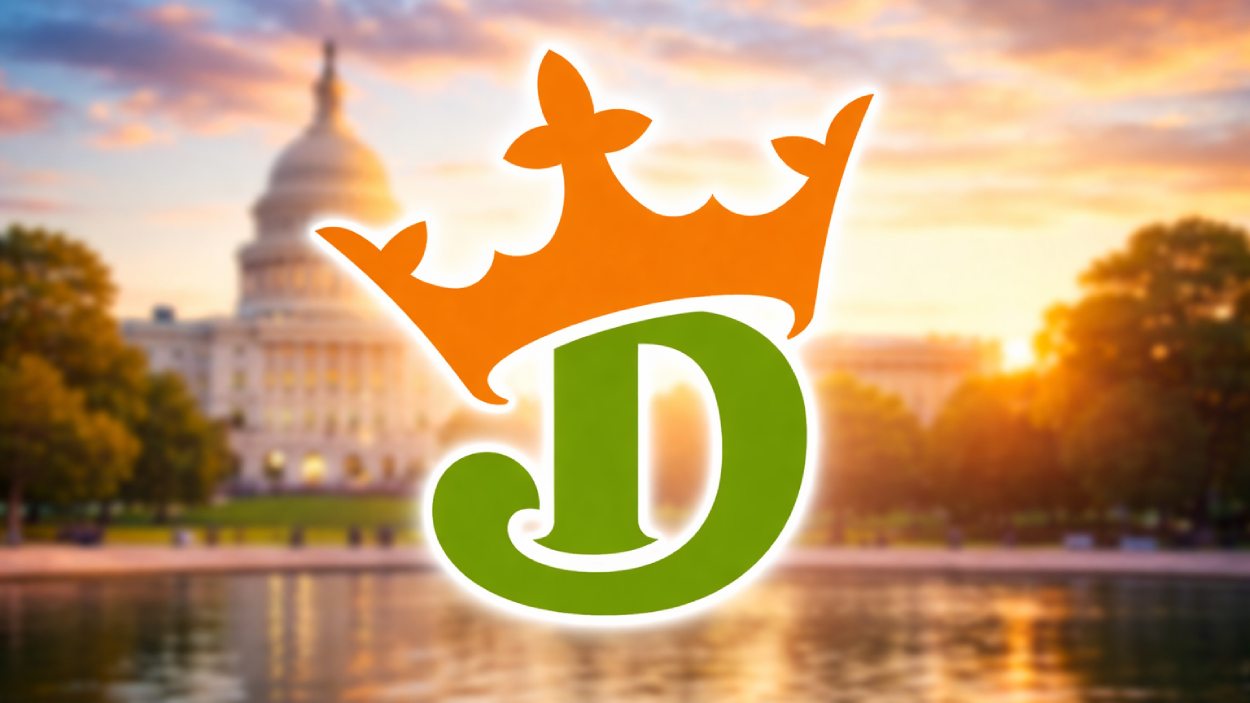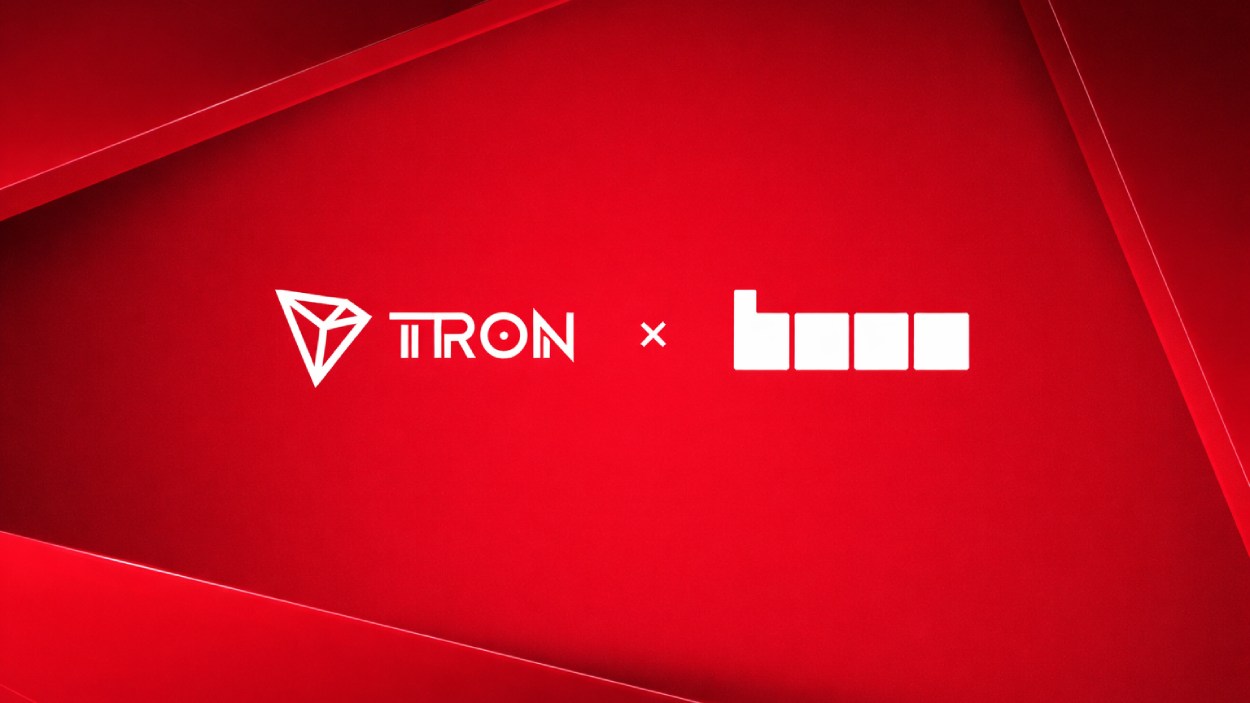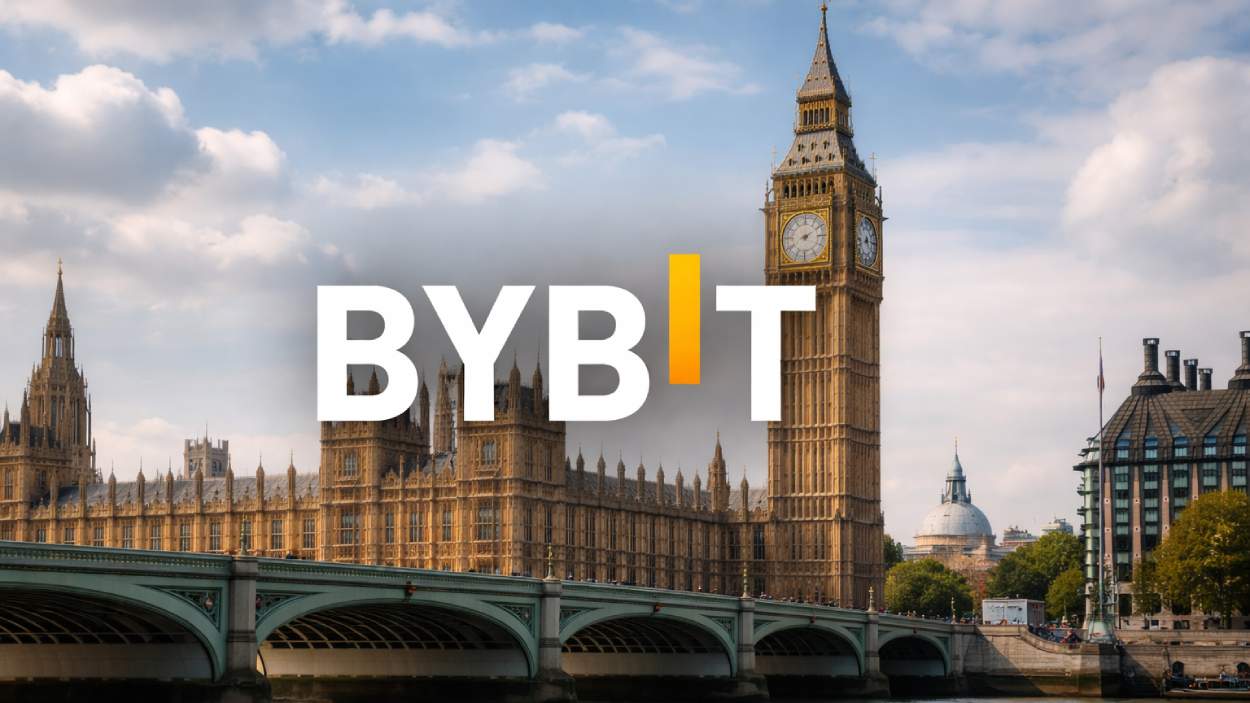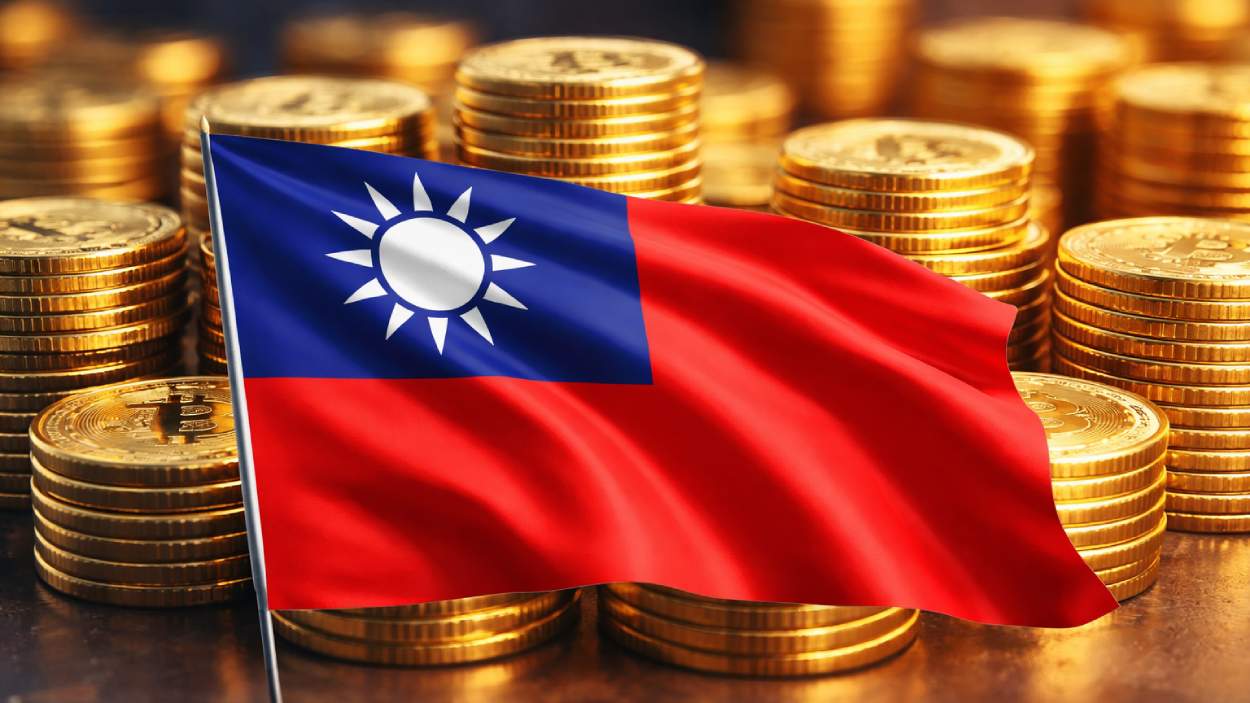Some banks are still charging up to $245 per day in overdraft fees, despite fintech disruption and regulatory pushback. These fees, often triggered by small transactions, continue to siphon billions from consumers, especially low-income households and military families. While digital banks eliminate these fees entirely, traditional institutions rely on them as a core profit stream. This article ranks the top overdraft fee offenders, examines why the charges persist, and offers actionable solutions for avoiding them.
Key Takeaways
- Citizens Bank can charge up to $245 per day, the highest potential overdraft cost in the U.S.
- M&T Bank leads with a $38.50 per-transaction fee, with a 5-fee daily cap totaling $192.50.
- JPMorgan Chase and Wells Fargo each earned over $1 billion in overdraft revenue.
- Some studies and investigative reports suggest that military families may face disproportionately high overdraft-related burdens, with Navy Federal Credit Union previously criticized for aggressive fee practices.
- The CFPB’s rule caps overdraft fees at $5 or cost-based pricing, with expected $5 billion in national savings.
- Consumers can avoid overdrafts through linked accounts, budgeting apps, opt-outs, and smart timing of bills and deposits.
How Overdraft Fees Work (and Why They Add Up Fast)
Overdraft fees are triggered when your bank approves a transaction, even though you don’t have enough money in your account, and then charges you a penalty. The structure varies, but most fees fall into these categories:
- Standard Overdraft Fee: Flat fee per transaction, usually $30–$38.50.
- Daily Overdraft Fee: Charged each day your account remains negative.
- Extended Overdraft Fee: An added penalty after 4–7 days of a negative balance.
- Transfer/Protection Fees: Fees for covering overdrafts using linked accounts or credit cards.
These costs multiply quickly. A $3 coffee purchase could result in $35+ in penalties, especially if other small purchases are processed before your next deposit.
Top 6 Most Expensive Bank Overdraft Fees
Some U.S. banks continue to charge excessive overdraft fees, with per-transaction rates nearing $40 and daily caps that can exceed $200. This ranks the most expensive offenders today and explains how their policies can quickly drain consumer accounts.
| Rank | Bank | Location | Overdraft Fee | Max Fees/Day | Max Daily Cost | Why It’s Expensive |
| 1 | M&T Bank | Buffalo, NY | $38.5 | 5 | $192.5 | Highest fee + high cap = up to $200 in 1 day |
| 2 | Fifth Third Bank | Cincinnati, OH | $37 | 5 | $185 | Multiple hits daily despite the grace policy |
| 3 | PNC Bank | Pittsburgh, PA | $36 | 4 | $144 | High per fee + up to 4 charges |
| 4 | Huntington Bank | Columbus, OH | $36 | 4 | $144 | Still charges 4x/day even after some fee cuts |
| 5 | Citizens Bank | Providence, RI | $35 | 7 | $245 | Highest daily cap = highest possible charge |
| 6 | Wells Fargo | San Francisco, CA | $35 | 3 | $105 | Low cap, but the fee still adds up across days |
1. M&T Bank (Buffalo, New York)
M&T Bank, headquartered in Buffalo, NY, is a regional institution serving customers across the Mid‑Atlantic and Northeast. It applies some of the nation’s most punitive overdraft practices, though it has recently introduced fee-lowering options in select account types.
- Overdraft Fee per Transaction: $38.5
- Max # of Fees per Day: 5
- Why It’s Expensive: The high per‑transaction fee, paired with the potential for up to five charges in a single day, can turn a minor shortfall into a significant financial burden, topping out near $200 if multiple small items overdraw the account.
2. Fifth Third Bank (Cincinnati, Ohio)
Headquartered in Cincinnati, Fifth Third Bank operates across the Midwest and South, offering standard checking products. It maintains some of the higher overdraft rates despite recent efforts to offer grace periods or waive NSF fees.
- Overdraft Fee per Transaction: $37
- Max # of Fees per Day: 5
- Why It’s Expensive: Even with grace periods for new accounts, Fifth Third’s $37 overdraft fee can be charged multiple times per day, compounding costs rapidly, especially on accounts that frequently dip below zero.
3. PNC Bank (Pittsburgh, Pennsylvania)
PNC is a large regional bank headquartered in Pittsburgh, delivering traditional checking services across the East Coast and Midwest. Despite digital transformation efforts, it still enforces high overdraft penalties.
- Overdraft Fee per Transaction: $36
- Max # of Fees per Day: 4
- Why It’s Expensive: Its substantial $36-per-item fee can escalate quickly if multiple transactions overdraw the account in one day, resulting in up to $144 in charges before extended fees come into play.
4. Huntington Bank (Columbus, Ohio)
Huntington Bank, based in Columbus, serves customers across the Midwest and Great Lakes region. While it’s trimmed some fees recently, its overdraft costs remain among the highest for traditional banks.
- Overdraft Fee per Transaction: $36
- Max # of Fees per Day: 4
- Why It’s Expensive: Although Huntington lowered many charges recently, the still-high $36 fee, combined with up to four daily occurrences, can still devastate low-balance accounts with repeated small overdrafts.
5. Citizens Bank (Providence, Rhode Island)
Citizens Bank is a Northeast-focused regional bank based in Providence. It has occasionally offered grace periods, but continues to levy steep itemized overdraft fees in several account tiers.
- Overdraft Fee per Transaction: $35
- Max # of Fees per Day: 7
- Why It’s Expensive: Its $35 charge can occur up to seven times daily, meaning an overdrawn account could be hit with up to $245 in fees in a single day, one of the highest potential tolls anywhere.
6. Wells Fargo (San Francisco, California)
Wells Fargo, headquartered in San Francisco, is one of the nation’s largest banks. Despite public scrutiny and legal settlements, it retains high overdraft penalties in its standard checking offerings.
- Overdraft Fee per Transaction: $35
- Max # of Fees per Day: 3
- Why It’s Expensive: While the daily cap is lower than others, the $35-per-item fee is enough to add up quickly, especially when triggered over consecutive days, or when paired with extended overdraft penalties.

Smart Strategies to Avoid Overdraft Fees
Overdrafts don’t have to be inevitable. With simple tools like account linking, balance alerts, and smarter bill timing, consumers can protect their finances and eliminate unnecessary fees.
- Link a backup account: Tie your checking account to a savings or credit line for auto-transfers.
- Enable low balance alerts: Set text/email alerts when your balance drops below a threshold.
- Use budgeting apps: Tools like YNAB, Rocket Money, or Mint can help anticipate overdrafts.
- Opt-out of overdraft coverage: Have your bank simply decline the transaction, no charge incurred.
- Schedule auto-deposits before bills: Align payday with recurring debits to avoid timing mismatches.
Most importantly, review your bank’s overdraft policy regularly, as many now offer one-time forgiveness or fee waivers if you call and request them.
The Regulatory Shift: The CFPB Fights Back
The Consumer Financial Protection Bureau introduced sweeping changes to curb junk overdraft fees, targeting banks with more than $10 billion in assets. The new rule could save U.S. households billions annually, if it survives political challenges.
- $5 cap per overdraft fee, or banks must show the actual processing cost
- Mandatory APR disclosure if overdraft is treated as a credit line
- Applies only to banks with $10 billion+ in assets
Estimated Consumer Savings
- Average household savings: $225 per year
- National annual savings: Over $5 billion
However, political pushback quickly followed. The U.S. House and Senate both passed resolutions to repeal the rule, placing its future in question. For now, banks are lobbying for extended implementation timelines or exemptions
Final Takeaways: Time to Rethink Overdraft Fees
Overdraft fees aren’t just about mismanaging money; they’re often the result of outdated systems and predatory bank policies. While some institutions are modernizing their approach, many are still clinging to high-fee models that disproportionately affect those with the least financial flexibility.
If your bank charges $35 every time your balance dips, it’s not a partner, it’s a penalty.
The best move? Switch to a no-fee provider, adopt preventive strategies, and hold banks accountable by choosing institutions that align with your financial goals, not ones that profit from your shortfalls.


